-
Posts
102 -
Joined
-
Last visited
Content Type
Profiles
Forums
Gallery
Events
Everything posted by Rodolfo Bigoni
-
Thanks Steven for your considerations! Hi Patrick, speaking of admirals in the house, I'm beginning to think I'm going to be a lazy, unwilling sailor.......😉 Dear shipmates, the last detail has also been fixed and the Coca is finally completed. The yard has been active for two years and three months, so much time is also due to the many changes made to the manufacturer's instructions. It was a very exciting journey that forced me and allowed me to learn a lot of new things of a super fascinating, diversified and complex world. I want to express my feelings of deep gratitude to those who have accompanied me on this journey, and everyone who took a look at this build, helping me with their considerations, advice and comments to build a better model than I would have done alone. I wanted to take the pictures in the morning with the sun shining, but here in the foggy Ferrara I think I would have had to wait for a very long time, so I set up the autarchic micro photo set and did my best to present the final summary of the work. Here are some images for a general view: Amidship: Next: the bow...
-
Thanks a lot Steven, for the support and suggestions, always appreciated. After a lot of meditation, I realized what I didn't like: the top is " aged " while the ship looks like it just came out of the arsenal. So should I rejuvenate the top or age the ship (the latter option is very challenging...)? The desperate search for a loophole suggested me this way out: at that time there were not our brilliant synthetic solvent colors, the binder will have been egg white or some oil, probably a year of sun, wind, rain, salt, hot and cold, dry and wet could have ruined the dye, maybe bought cheap and of poor quality. Moreover, it is not a warship always kept shiny, it is an honest boat that must give profit with little expense ... A good wood instead could resist better to the marine climate. True or false this hypothesis, my conscience is silenced and so I continued with the yardarms: I hope for you all a much better New Year than the year that is ending now.... Rodolfo
-
Dear friends, now it's time to go around the top. The manufacturer AMATI gives this solution: All in all, it can be considered acceptable. But I really like the way Clark Griswold elaborated on his Coca, so I made 16 symmetrical openings and after I inserted some pieces of walnut lath on the bottom, taking care not to interfere with the ropes: I colored it white with red dots, because I saw a similar scheme on: "Historic Ship Models" by Wolfram Zu Mondfeld, (although in black and white). I used opaque acrylic paints, first dark red and then white (after covering the red circle areas with adhesive paper discs). After that, I gave it a very light rubbing down with very fine sandpaper and water to further dull the colors. Some of our colleagues suggested to give a pass of diluted black/brown/grey satin color to further age the top and I think I'll try that. Another solution could be to build a new one, like this draw of Xavier Pastor, in his book "The Ships of Christopher Columbus": An Italian modeller built it so and it seems very nice: See you later; next subject will be the yard braces. Rodolfo
-
Hi Clark, I solved the problem of the sail using a little, cut piece of the material of AMATI: At the end it seems to me quite acceptable... Rodolfo
- 33 replies
-
As promised, here is the anchor positioned in its place, together the rope to the cathead and the anchor buoy: AMATI's proposed solution is this: Good sawdust to everyone! Rodolfo
-
Dear friends, this is the final result about the whole complex of anchor plus anchor buoy plus the rope for the cathead: Now, it has to be put on the ship...see you later! Rodolfo
-
These are some kinds of anchor buoy, I suppose not all suitable for the Cocca: Since it's an object that needs to be visible to mark the position of the anchor, I thought I'd color it matte red. Then proceed to build the rings, which can be made of metal (to be blackened) or rope, as I preferred to do. After that you build around it that envelope of interlaced strings; it's a job that requires a lot of patience: And this is the result...now it has to be connected to the anchor. See you soon! Rodolfo
-
To make the anchor buoys I used the remainder of the 10 mm rod used for the mast. Not having a lathe, I had to use a pencil sharpener to make the two cones and a small hacksaw to make the center disk. With a blade you can make vertical and horizontal incisions. Then they need to be drilled at the ends to accommodate the rings. The dimensions seemed excessive to me and I proceeded to reduce and shape with sandpaper and drill until I got a result that seemed satisfactory. Next step we'll finish this object. See you soon! Rodolfo
-
Thank you Steven and Patrick, and a warm welcome to our ship modelers friends! Regarding the presence or absence of anchor buoys on medieval ships, there is a certain discordance of opinions. Many say that since there are no images of these objects before 1700, they were not used in the fifteenth century. Regarding the historical fidelity of the buoys on medieval ships, it is true that there does not seem to exist figurative documentation at that time, but it is also true that they were probably considered of little interest, so much so that not even in a French book of 1677 they don't appear in the alphabetical list: They are not listed among Bordage, Bouge, Boulines, Brevils and so on. However, in the same volume "L'architecture Navale" by Dassié in 1677 there is a reference to the buoys, called "bouyes" (only one reference in more than three hundred pages, demonstrating the little interest of contemporaries). It is found in the inventory of a first-rate vessel, to which four buoys (quatre bouyes) compete for seven anchors in total: But in another volume, "Sailing Ship" - by E. K. Chatterton of 1909, there are some very interesting indications. On page 147 is written that anchor buoys were used to "prevent ship fouling each other anchors" at the time of Richard I and his crusade: The buoys are still mentioned on page 178, revealing the material from which they were made: To conclude, on page 185, buoys are listed as normal shipboard equipment, along with lanterns, etc.: I am not a historical, so I am unable to assess Mr. Chatterton's expertise and thoroughness, however, I am glad to have found something that supports my choice. And now we're going to build our anchor buoys. Rodolfo
-
Since it is difficult to cover the closed ring with rope, I preferred to wrap some 0.3 mm grey wire around the straight rod, put a very small veil of cyanoacrylate adhesive, let it dry and then fold it: It's best to wrap plenty of wire to make several rings, as they can also come out wrong, especially the first ones: This is the final aspect of this rather important component: Connected the tow rope to the anchor using the system shown: Next Step: the anchor buoy. See you soon! Rodolfo
-
A sincere welcome back to all ship modelers! The anchors were assembled in the early days, while I was assembling the structure. I did some changes but now I don't like them anymore: The stock is a single piece, instead of two laths side by side, the veining of the side doesn't seem realistic, the top and bottom are unnatural, for the bindings I used a too large rope and the palms have an unreal relief due to the joint of the molding. First I filed away the relief of the palms, then I painted the metal with matte black and a layer of rust: Since I didn't have two 2.5 mm thick laths to couple, I used a 5.1 x 5.2 lath, drilled it in the center, engraved in the middle and shaped it: The bindings on the stock are made with a smaller diameter rope than on the previous anchors: The original anchor ring seemed too narrow for the large cable supplied by AMATI, so I made a new one with a 1 mm brass rod, bent over a 4.85 mm screw shank: However, it is difficult to cover the closed ring with rope. In the next post we will complete the anchor. See you soon! Rodolfo
-
In truth, the stern castle of the Nao of Matarò is more displaced towards the stern, it is also narrower and has three supports per side, instead of two: We can see it is clearly close and inside the stern handrail. Because the Nao does not have visible stanchions, since the sides have been inside and outside planked, it can be deduced that the supports of the castle are in the interspace between the inner and outer planking: Unfortunately, in my model, I was forced to the solution previously illustrated by the initial setting of wanting to lengthen the deck aft (see post # 5), combined with the insertion of false stanchions halfway between those protruding from the frames. At this point the alternative was to move the castle aft, making it lean on the mainrail (unrealistic) or put it where it is now, giving the impression of bearing on the stanchions. I preferred the smaller evil: which after all, is not very different from what the instructions suggest: One solution might have been to add additional stanchions under the mainrail, but space isn't too much and perhaps the vision would have left something to be desired....Obviously, with hindsight, I would make from scratch a stand-alone structure for the castle, with the mainrail prepared with the appropriate slots for the supports; now for me it's too late ... See you soon! Rodolfo
-
A warm welcome to all modeling friends! The sterncastle was already prepared previously (see posts #67). The AMATI instructions recommend making four square incisions in the main rail, within which to insert the bases of the castle supports themselves: Because I doubt I have the talent to carve the main rail perfectly to accommodate the bases of the castle, I then drilled four holes in the bases of the castle itself, into which I injected two-component epoxy glue, so it wouldn't dribble out at the end of the gluing. Then I laid the castle down trying to make the bases look like they were resting on the bulwark stanchions: The solution I adopted does not correspond to that of Nao of Matarò; in the next post the suggestions for a better job, I hope. See you soon! Rodolfo
-
Thank you very much, Steven! Dear friends, I finally finished the shrouds; it was quite difficult for me to attempt to present them neat, parallel and coplanar: It is useful to twist the cable that connects the block with the toggle until they are more or less perpendicular. But then, all things considered, perhaps not even a great deal of precision is required, which might even seem forced. In the Nao of Mataro they are not very tidy.... The rope between the blocks was held taut while the shroud was smeared with diluted vinyl glue, to keep it straight: It seems to me that four shrouds on each side makes a better visual effect, compared to the AMATI instructions: Next step: the stern castle. Good work to all the modelers! Rodolfo
-
Thank you dear friends for your encouragement! This time only a little progress: the fixing of the mainstay. And now we can finally move on to the setting up of the shrouds... See you soon! Rodolfo
-
A warm greeting to the friends of the forum; I am very grateful for the attention you give to this model. The bow handrails of the AMATI project are very simple and linear; on the opposite the Nao of Matarò has them much more complex: An attempt will be made to reproduce the effect of the Spanish model. First of all it is necessary to cut to size and shape the supports; the corner ones are 4x4 or 5x5 mm and the others 3x3. Then select the ones that look the most like each other and glue them to the battens. After that, we glue the three sections together, after shaping the ones that end in a point at the bow extremity. Shape the laths with a round and half round file: Varnish with walnut impregnation, let it dry and finally glue the rails to the fore deck: The next works will be the laying of the main stay and the positioning of the shrouds. See you later and have a wonderful Sunday! Rodolfo
-
Warm Greetings to all friends of the forum! Finally starting to get the first rigging in place: the main mast lifts. The ropes have been tensioned and then smeared with diluted vinyl glue using a brush. The next step will be the three rails at bow, which look quite laborious. Good work everyone! Rodolfo
-
Dear modeler friends, at this point it is useful to think about how to put the catheads. The Nao of Mataro has a couple well detailed (and the accuracy of the work makes me think that the builder was skilled): As we can see, the problem arises that Nao of Matarò has one cathead in a more advanced position and the other more backward. The doubt is if it had four catheads and two were lost or if someone made a wrong repair (not very likely, also because dimensions are different). Yet I haven't come across any drawings or paintings with four (there are few even with two...among them a Botticelli's painting ). Someone has built a ship with four catheads: but, in conclusion, I thought that for such a small ship, one cathead per side was adequate. I preferred a simple solution, shaping with file and sandpaper slightly curved strips of walnut 6x6 mm. The pulley is only outlined by carving the wood a bit between the holes. To glue the catheads, it is necessary to lightly sand the clinker area, and this is the result after painting with oak color impregnating agent: See you soon! Rodolfo
-
Thanks Steven, unfortunately I've forgotten to give a bit of color to the sail; maybe a drop of gray...but now it's too late.
-
Greetings to everyone! After the first attempt, I then made two more. In the last one, I drilled the holes through the fabric with a glowing needle and, in my opinion, the result is much better as the burn around the hole simulates stitching. Here is the result of the third attempt; unfortunately I did not take pictures of the sail before putting it on the yard. Next step will be: the cathead. See you soon! Rodolfo
-
Dear Friends, AMATI puts the picture of the ship with the sail only on the cover of the box: it is a kind of sausage with six laces that bind it to the yard. The technical drawing does not report anything about the shape and size of the sail, so we have to arrange: Pictures from the period show that the sails wrapped around the yards show a very slim shape: Obviously, the wrapped sail model cannot be reproduced in perfect scale because it is too thick compared to the original. Different would be the case for the unfurled sail. For that reason I cut the fabric in a reduced way compared to the theoretical sail (I took as reference the mainsail of the Santa Maria of Adametz' drawings in proportion to the yard of the Cocca). The shape will be an "inverse" trapezium: The sail cloths are simulated on the back of the sail with a pencil. I glued a 0.5 mm wire along the inside perimeter, cut out the sail leaving a side margin along the perimeter, and then folded the outside overhang gluing it and embedding the inner string. Next, I glued another cord (the luff cord) of about 0.8 mm diameter to the outside, with rings at the lower corners. This is the result of the first attempt (The holes were bored with the tool in the photo): As for the way to mount the sail on the yard, I chose what is described in: "Los galeones españoles del siglo XVII - Tomo II" authors Cayetano Hormaechea, Isidro Rivera and Manuel Derqui, Ediz. "Associació d'Amics del Museu Marítim de Barcelona" with the addition of a drawing by H.E. Adametz (for his Santa Maria): In retrospect, though, I think it's better to put a loop of rope at each corner: it saves the trouble of tying the sail to the ends of the yardarm. Moreover, the work will be easier if the blocks will be fixed after the sail. See you soon! Rodolfo
-
Dear friends, The work continued trying to fix the blocks in a uniform way, but it is not very easy. Pictures of the time show both blocks fixed close to the bulwark and far away; runners can be short or long as well. So there is a lot of freedom of action: As a first step, I shaped a steel wire to keep the distance constant. Then I tied the block to the rigging removing the excess rope at the end. At the end, a runner of clear elastic wire temporarily joined the upper and lower blocks so I could get an overview. If I could go back, I would tie the blocks to the deck via rings attached directly to it or to a rafter; but it's done now. In any case it is an improvement over the three shrouds proposed by AMATI. After that I will cut away the elastic thread, remove the blocks with the toggles and lower the yard down to try to put the sail on. See you soon! Rodolfo
-
You're right Steven, wooden or metal toggles were still used on sailing boats in the Mediterranean Sea during the last century, as described in a beautiful Italian book "Vele italiane della costa occidentale" by Sergio Bellabarba and Edoardo Guerreri, as seen in this drawing: Rodolfo
About us
Modelshipworld - Advancing Ship Modeling through Research
SSL Secured
Your security is important for us so this Website is SSL-Secured
NRG Mailing Address
Nautical Research Guild
237 South Lincoln Street
Westmont IL, 60559-1917
Model Ship World ® and the MSW logo are Registered Trademarks, and belong to the Nautical Research Guild (United States Patent and Trademark Office: No. 6,929,264 & No. 6,929,274, registered Dec. 20, 2022)
Helpful Links
About the NRG
If you enjoy building ship models that are historically accurate as well as beautiful, then The Nautical Research Guild (NRG) is just right for you.
The Guild is a non-profit educational organization whose mission is to “Advance Ship Modeling Through Research”. We provide support to our members in their efforts to raise the quality of their model ships.
The Nautical Research Guild has published our world-renowned quarterly magazine, The Nautical Research Journal, since 1955. The pages of the Journal are full of articles by accomplished ship modelers who show you how they create those exquisite details on their models, and by maritime historians who show you the correct details to build. The Journal is available in both print and digital editions. Go to the NRG web site (www.thenrg.org) to download a complimentary digital copy of the Journal. The NRG also publishes plan sets, books and compilations of back issues of the Journal and the former Ships in Scale and Model Ship Builder magazines.






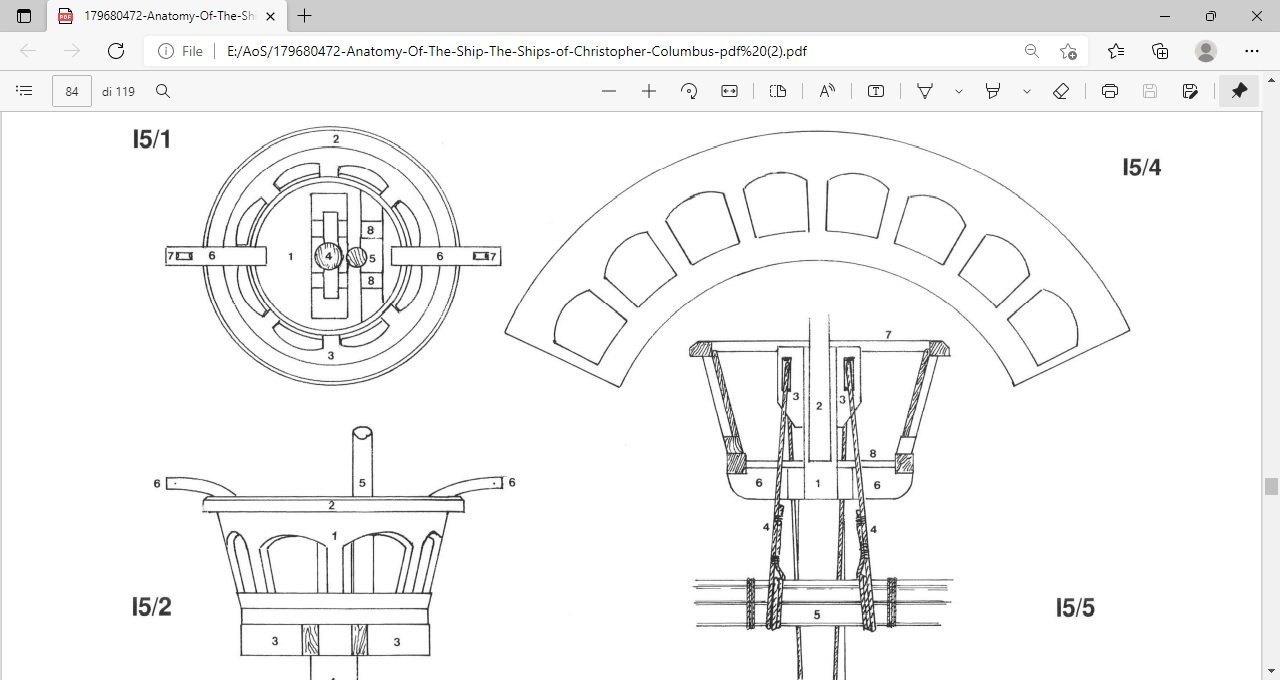
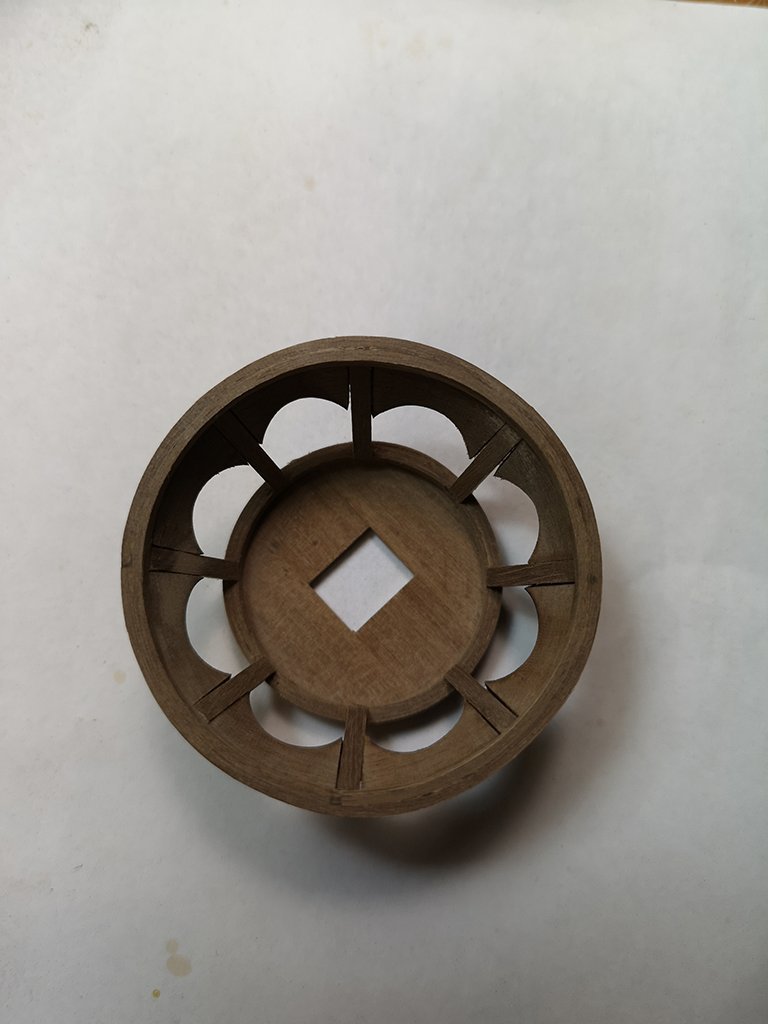
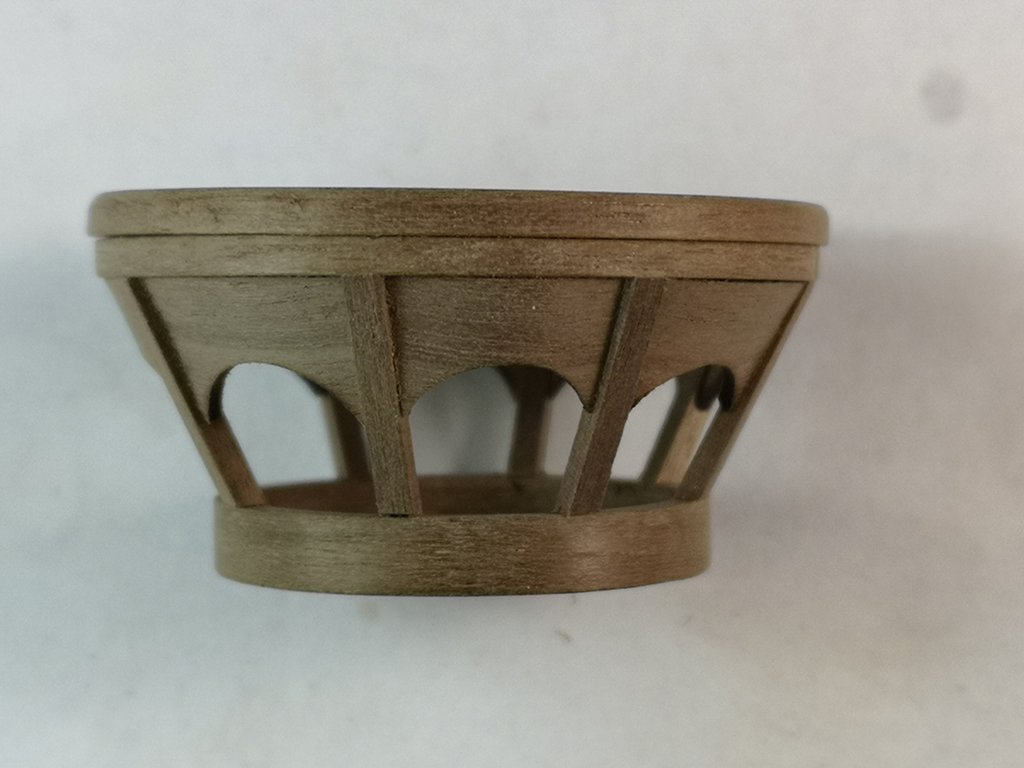
.jpg.8d32e3e4a955570ba30ab56a3cdc2871.jpg)
.jpg.2a79e02fbe8dcfc00e71018251347d74.jpg)

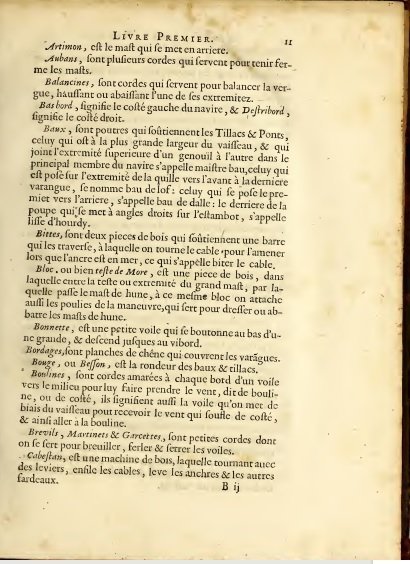
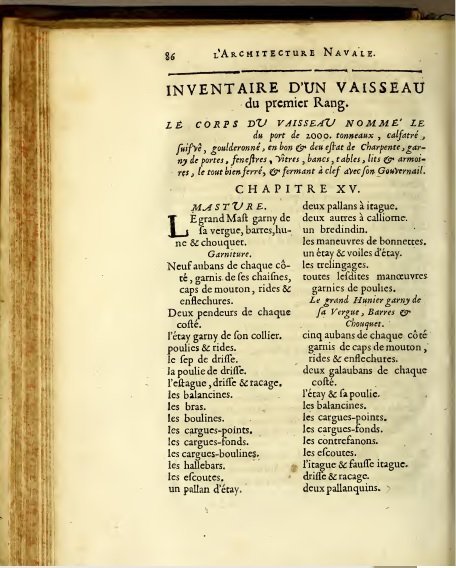
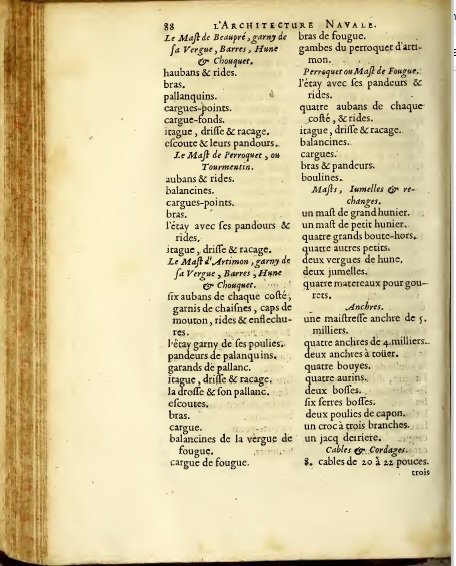
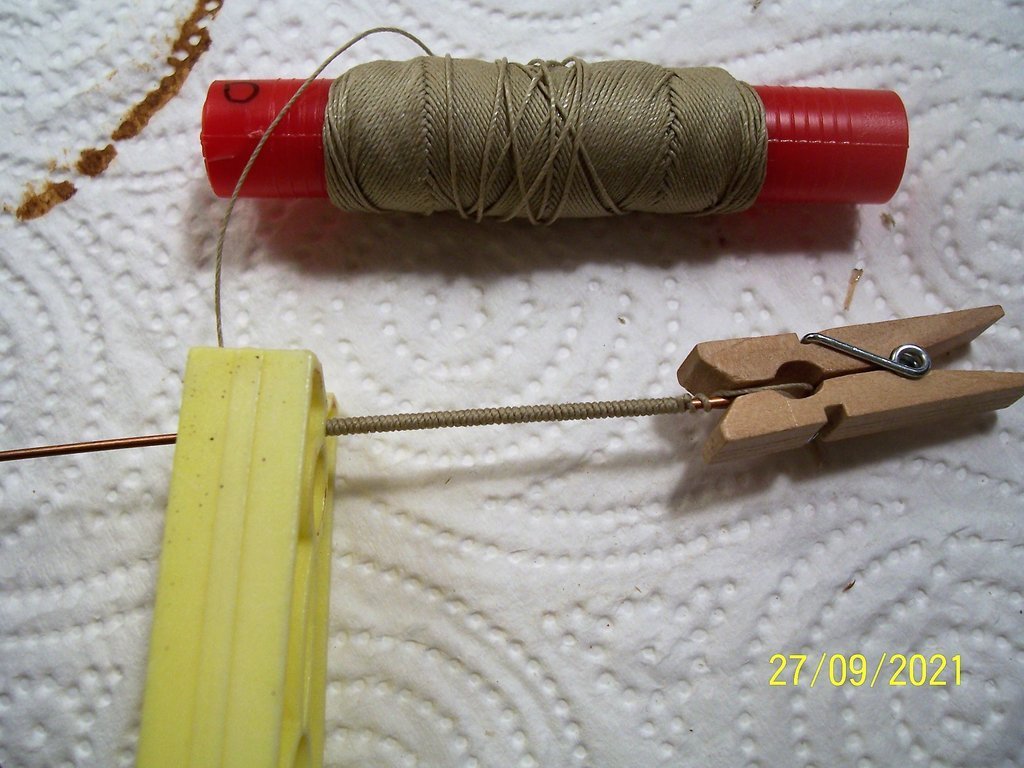
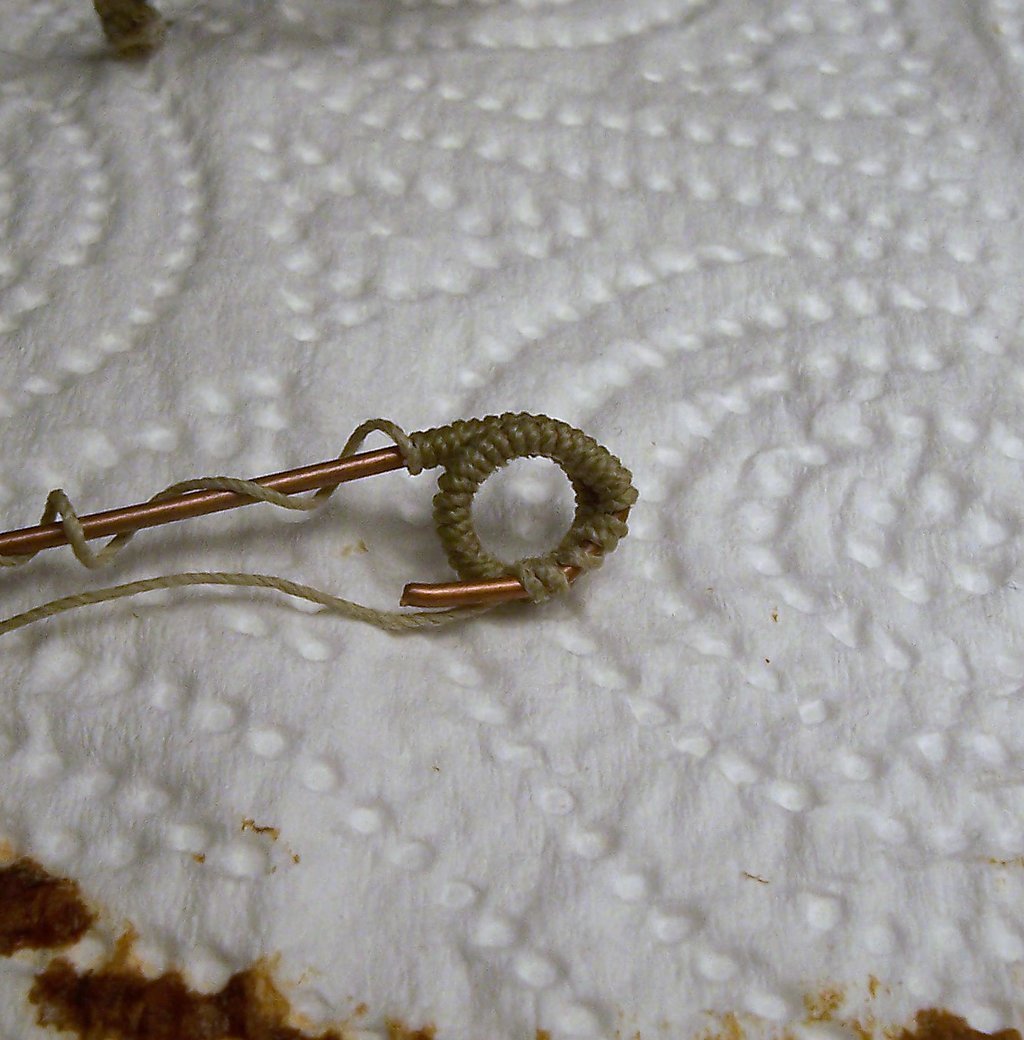
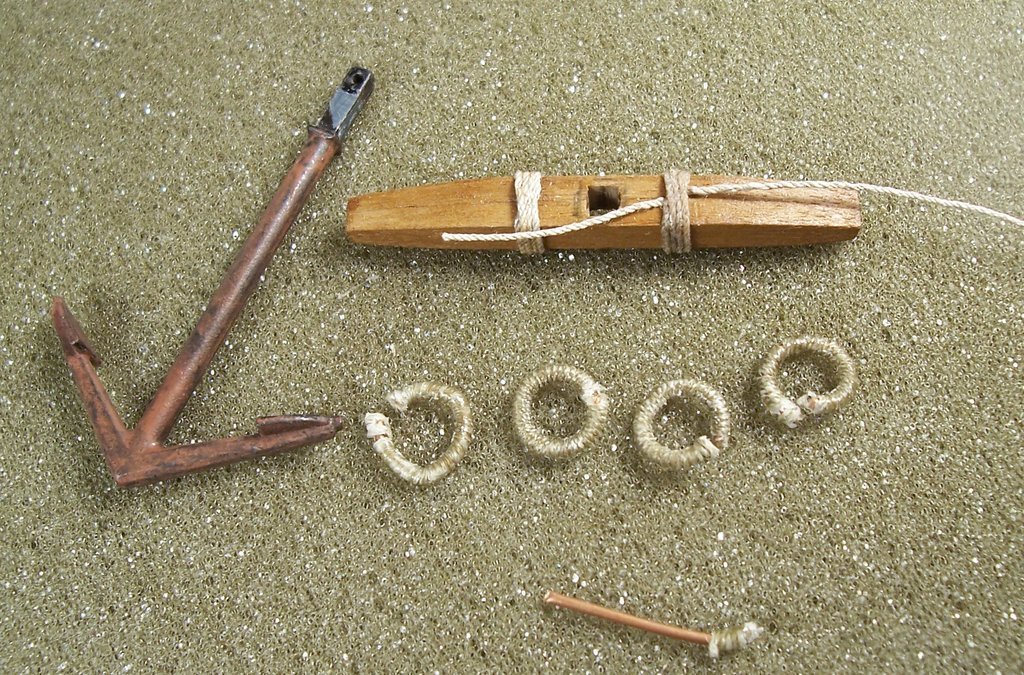
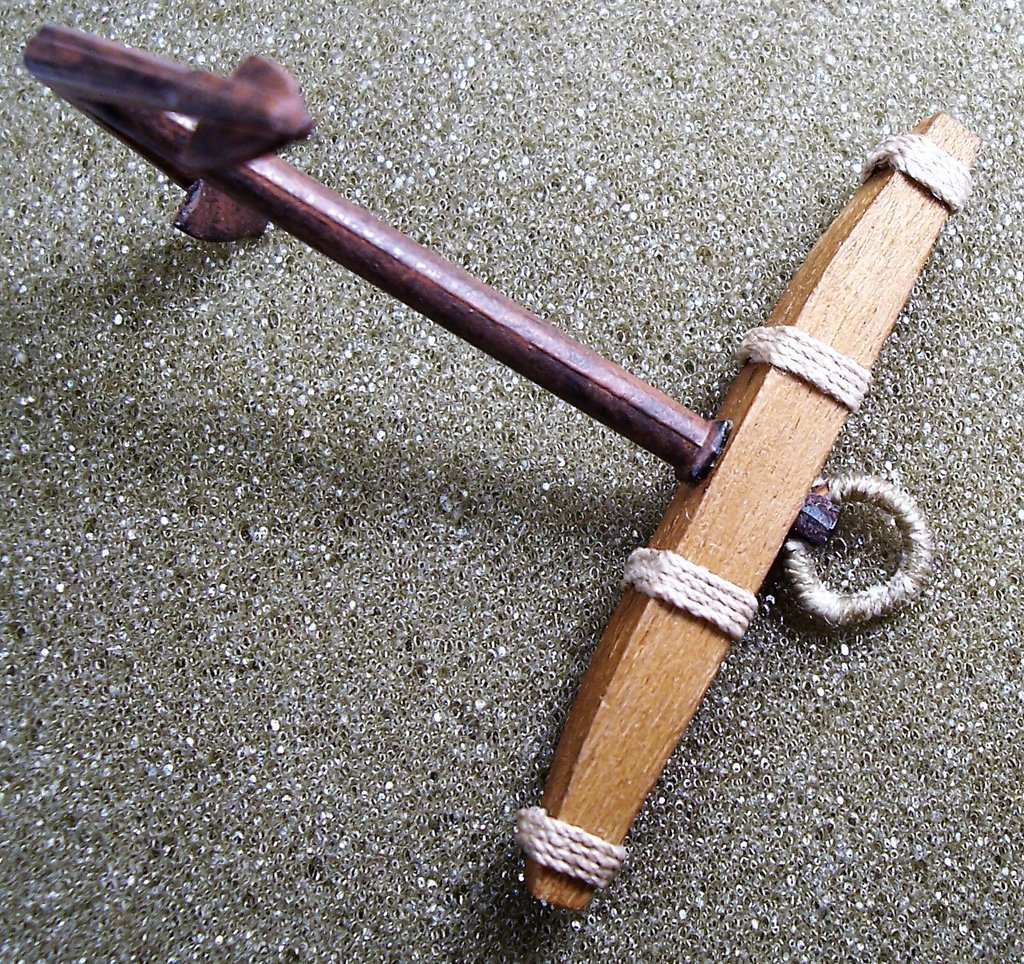
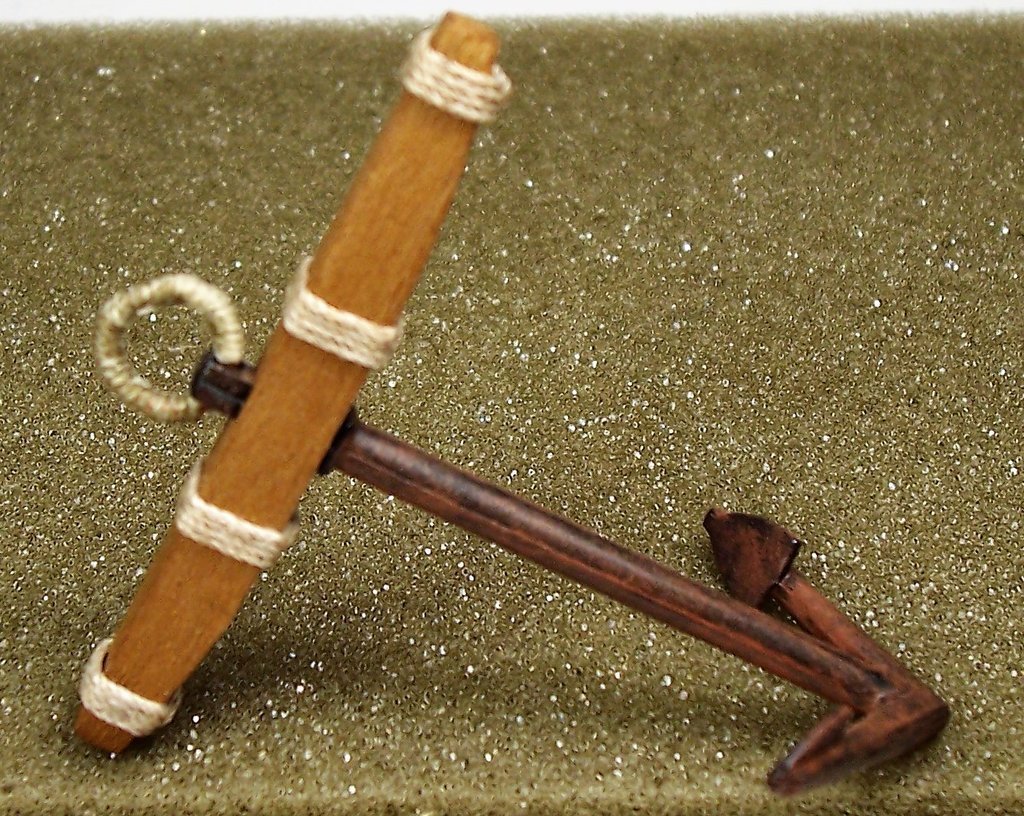
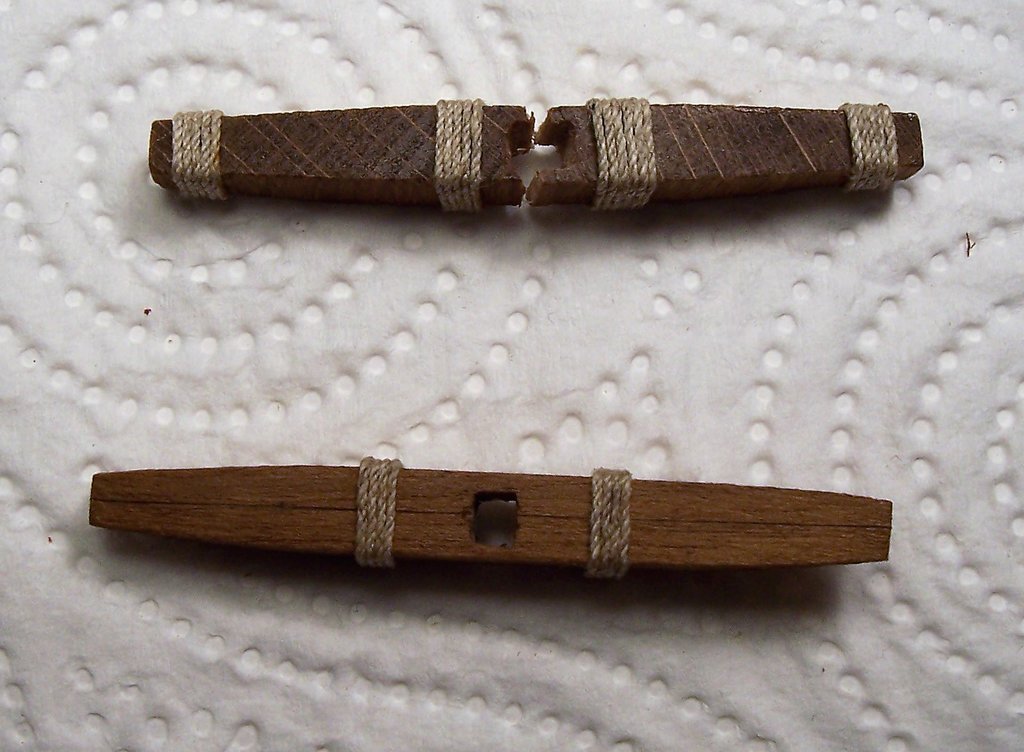

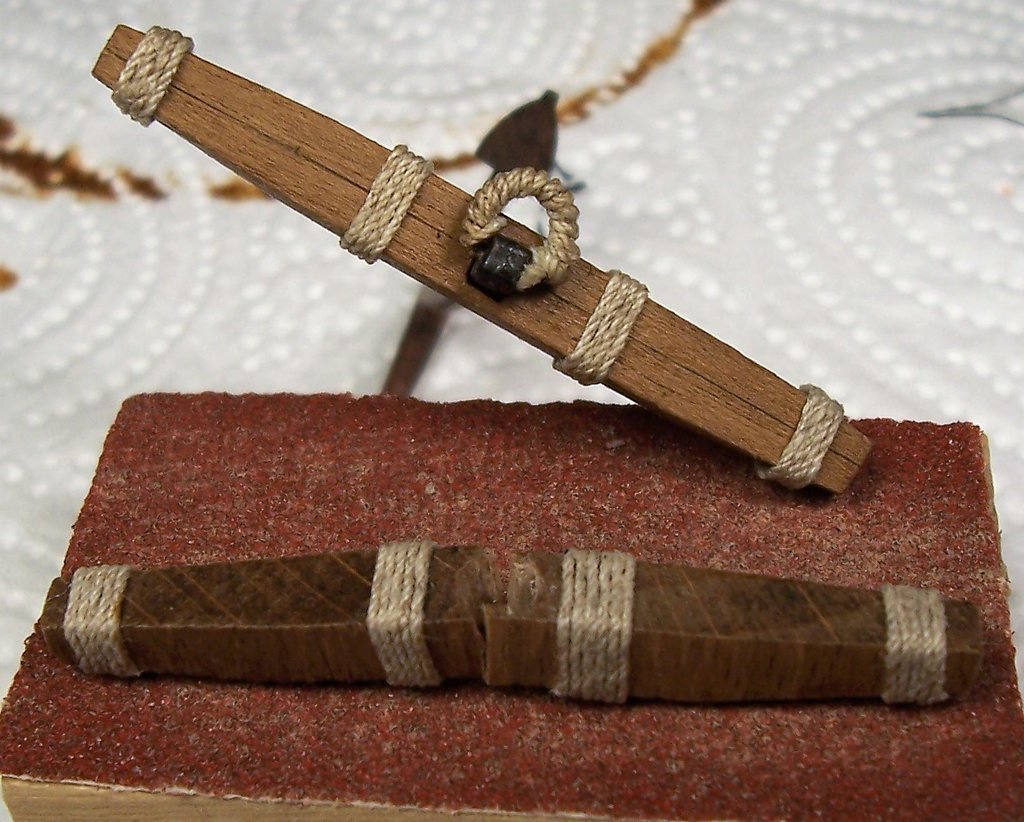
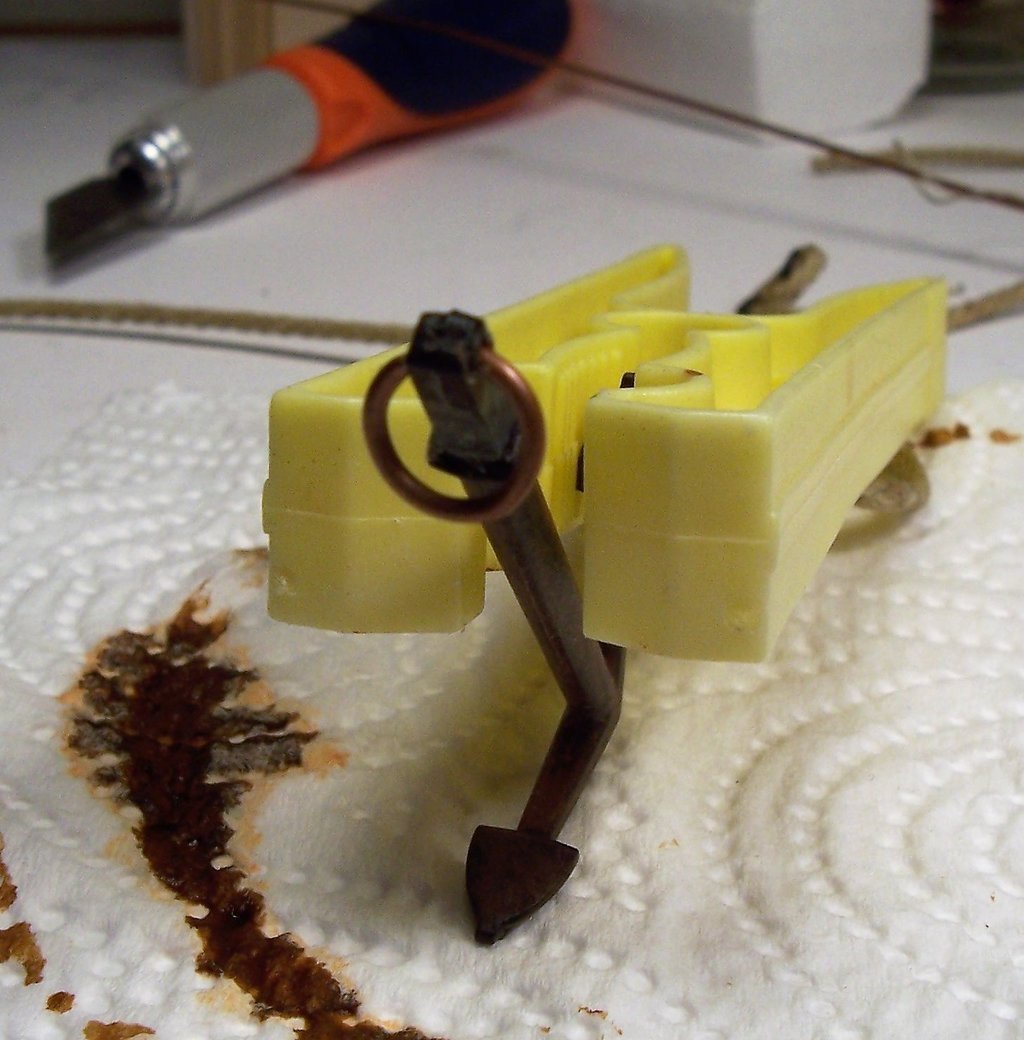
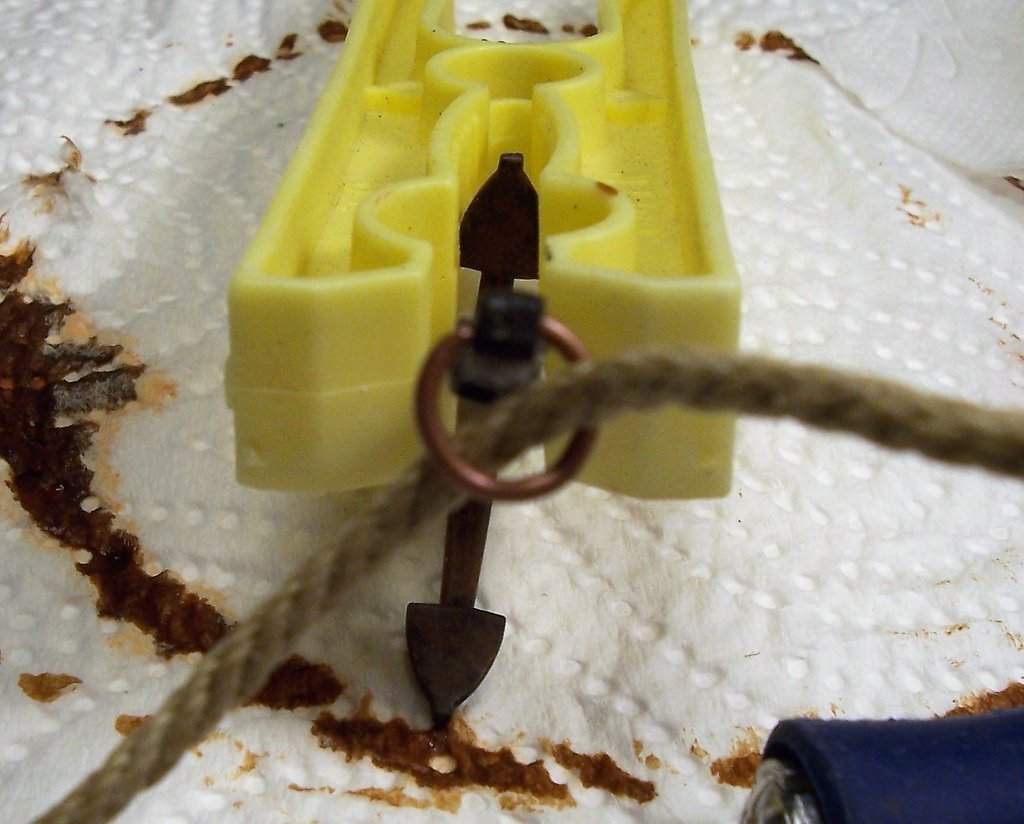
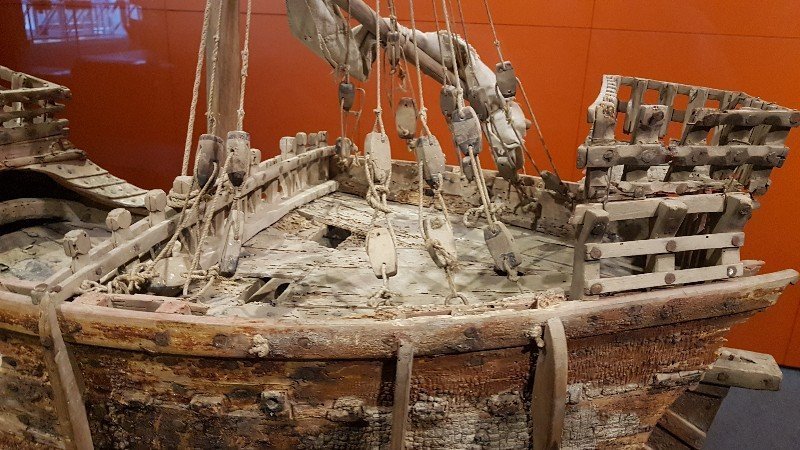
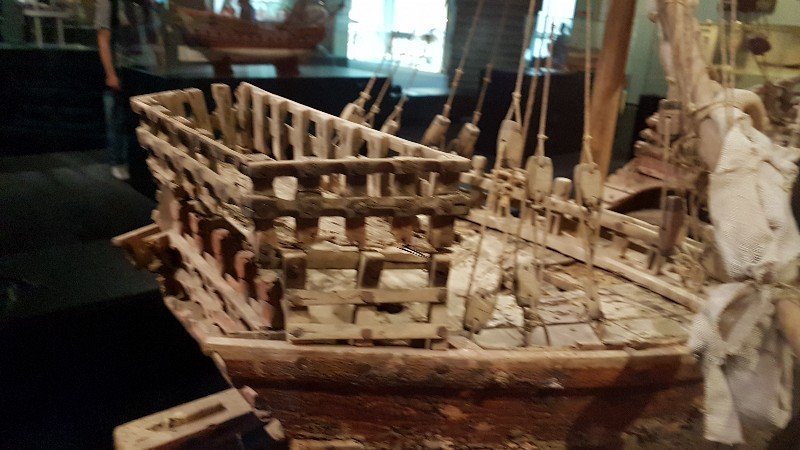
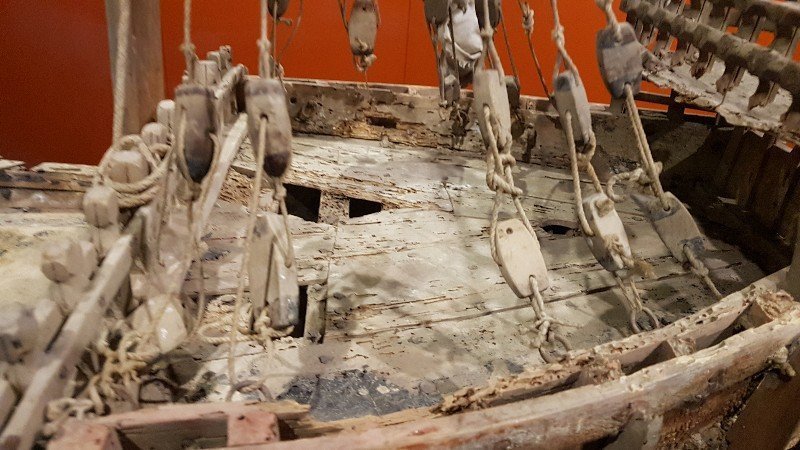
.jpg.df95e8df3b32e59059065c9c31748008.jpg)
.jpg.9e222259f1d7fd47691b64fe99ec5b82.jpg)
.jpg.eb0ca7442aec5db92c47e52c912c746b.jpg)

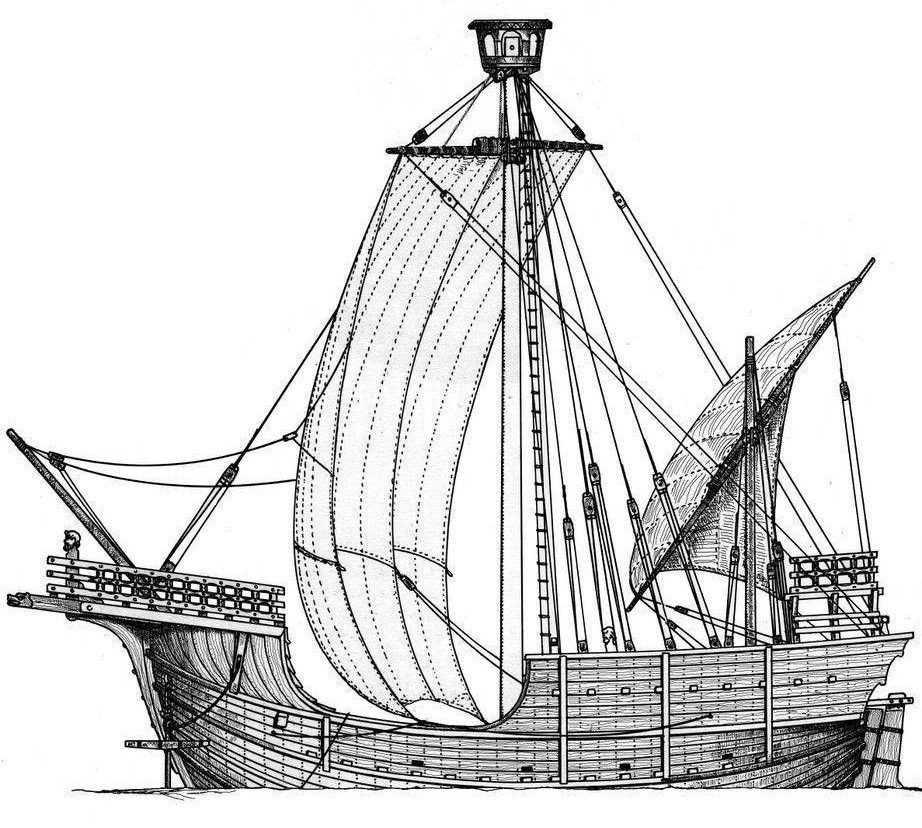
.jpg.0536ccd22e8ad210946c55cd81d955e1.jpg)